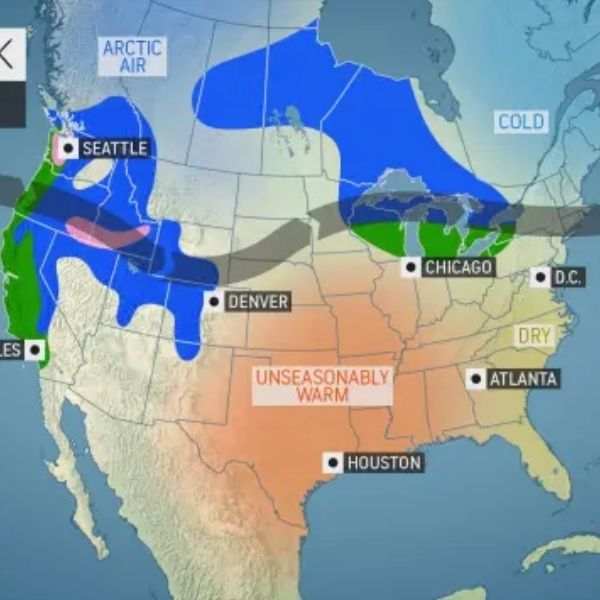A tropical storm watch remains in effect for two coastal areas of East-Central Florida as Tropical Depression Nine is expected to intensify into Hurricane Imelda off the Bahamas.
Meteorologists say conditions will worsen rapidly Sunday evening into the start of the week, with heavy rain and potentially high winds. Florida and the Bahamas are forecast to see rain and gusty winds Sunday and Monday, with the most severe conditions over the islands.
Tropical storm watches are active along Florida’s east coast from the Palm Beach/Martin County Line north to the Flagler/Volusia County Line, meaning tropical storm conditions are possible.
Some coastal and southern Florida areas could receive 2 to 5 inches of rain Sunday and Monday, according to the National Weather Service. As of 8 a.m., Tropical Depression Nine was about 100 miles southwest of the central Bahamas with winds of 35 mph.
The Bahamas are expected to see 6 to 8 inches of rain, particularly near Eleuthera and Abaco, along with winds of 45 mph or higher as the depression strengthens into Tropical Storm Imelda.
The National Hurricane Center warned that moisture from Tropical Depression Nine could bring heavy rainfall northward from coastal Georgia through the Carolinas into the southern Mid-Atlantic states, creating the potential for flash, urban, and river flooding.
South Florida is likely to see lighter rainfall and winds, as updated forecasts keep the storm’s center offshore. Forecasters note that while confidence is still limited, most models now track the system offshore of the Southeast U.S., though some impacts are expected.
The Miami branch of the National Weather Service predicts periods of showers and storms Sunday as the system moves along the coastline. Offshore waters in Miami-Dade and Broward counties remain under a tropical storm watch, while inland areas have no alerts.
The depression is moving slowly northwest, bringing heavy rain to parts of eastern Cuba and the Bahamas, with winds strengthening over the islands. Imelda is expected to remain offshore along the Southeast coast for one to two days starting Tuesday before turning east toward Bermuda.
Initially forecast to reach the Carolinas, current models now project the storm will stay offshore. The worst conditions should move beyond South Florida by Monday afternoon, although lingering bands of rain and thunderstorms may still affect the area.
This article has been carefully fact-checked by our editorial team to ensure accuracy and eliminate any misleading information. We are committed to maintaining the highest standards of integrity in our content.














Leave a Reply